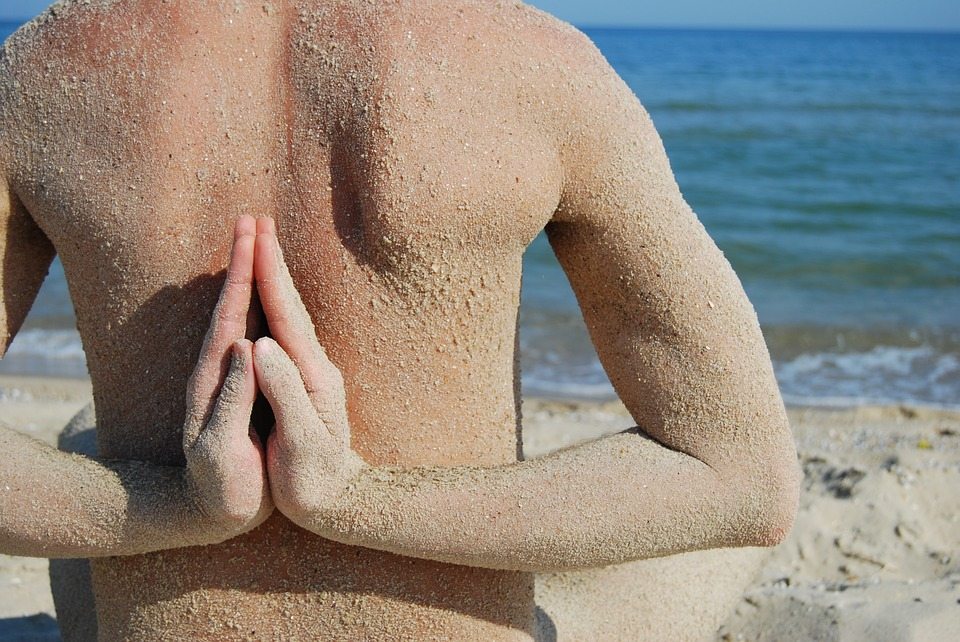Yoga and Recovery from Substance Use Disorder

There are multiple outlets for substance use disorder treatment. These include but are not limited to therapy, in and out patient rehabilitation programs, and 12-step programs. With the epidemic of opiate abuse continuing to spread, individuals and programs are widening their scope to cover an array of treatment plans for recovery.
Heartland House is proud to provide a unique, person-centered treatment program that allows the man in recovery to develop an individual recovery plan with solid goals that guide his journey to a clean and sober life. We have recently implemented a new program called Journey to Wholeness: Return to Be developed by Chopra Center Certified Instructor, Victoria Odde. This program was developed based on Ayurveda principles and includes a variety of health-inducing elements such as meditation, breath practice, a dosha evaluation, and the increasingly popular practice of yoga (read more about the program details here).
We have written another blog detailing the aspects of meditation and its effects on those in recovery from substance use disorder. Read it here!
In the same way that many treatment programs focus on emotional and mental well-being for those in recovery, yoga focuses on healing the body. A number of certified yoga therapists suggest that rather than just a ‘new way of thinking’ and a new way of ‘feeling’, the healing of the body is vital to promoting health and can balance a recovery program for some (Reference).
A certified leader of Yoga of 12 Step Recovery (Y12SR), Elkhart Kornfield, conveys the importance of the internal journey of a person in recovery from substance use:
“It’s a journey that has to be done by the individual,” she says, “and it’s inside that the transformation takes place.” The 12 steps, she explains, “are very cerebral, and while there’s a spiritual component to them, they mostly work through behavior and intellectual changes, like those achieved through cognitive behavior therapy. But trauma affects parts of the brain that can’t be reached by CBT [cognitive behavioral therapy], by talking, or by going to meetings. Those things can help, but you have to work with the body to be able to achieve long-term change.” (Reference)
Because the 12-step process is generally centered on the emotional, mental, and spiritual side of recovery, adding yoga practice to the process brings balance by incorporating healing of the body.
The practice of the physical side of yoga, the asanas, ties back to mindfulness meditation (Read our blog on meditation here). Mindfulness meditation brings the practitioner to a state of presence of mind and emotion, accepting things for the way they are and becoming more attuned to the here and now. Yoga asana practice does the same thing, but for the body.
Yoga asana practice works similarly to that of meditation in that it can result in physiological changes, namely the reduction of cortisol and adrenaline, which have both been associated with anxiety, depression, PTSD, and substance use disorder. (Reference) The long-term effects of yoga on the body, similarly to meditation on the mind, contribute to the reduction of stress and prevention of relapse.
Yoga and meditation are both elements of our new program, Journey to Wholeness: Return to Be. Please visit our programs page for more information on all of the various programs we offer to men in recovery.
For any further inquiries, please fill out the form on our Contact Us page.

Recent Comments